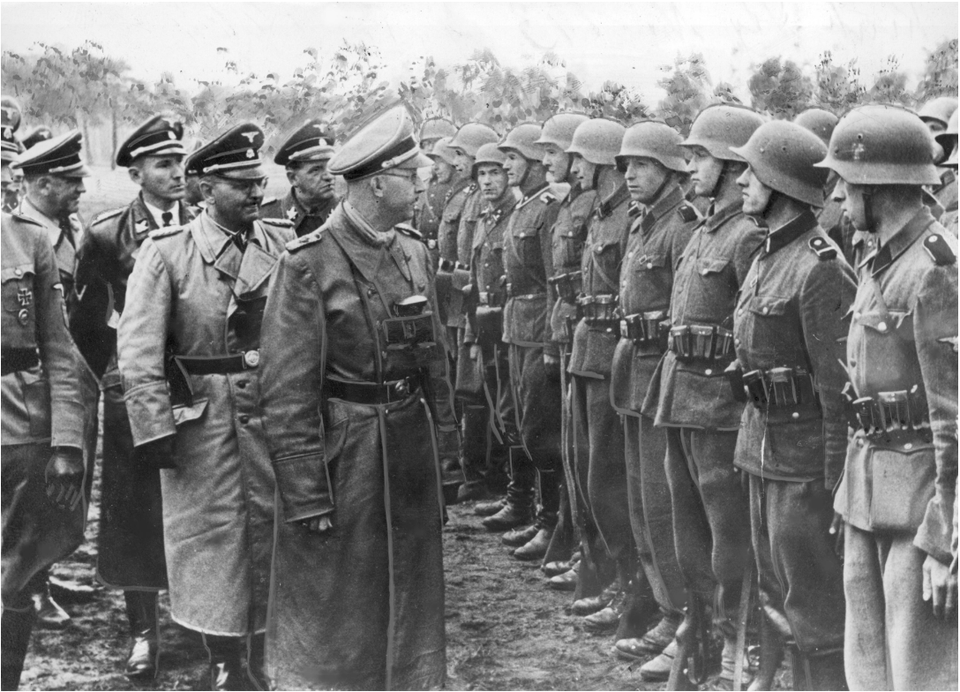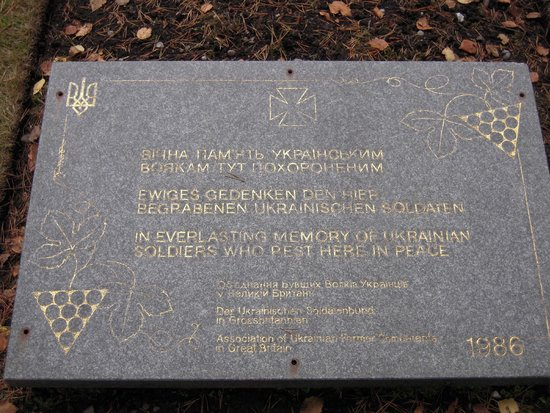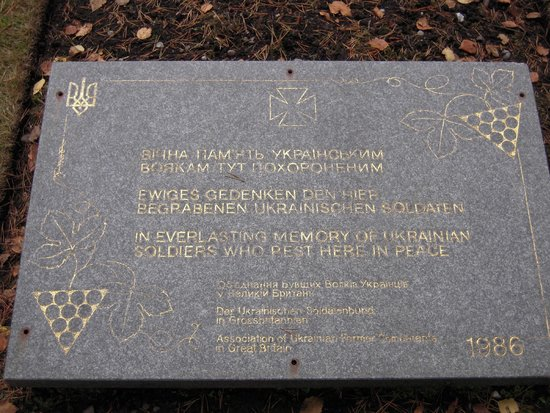
A brief thread on technological fetishism in #WW2, #military #history, #PME and how it's held us back.
This tweet's a great case study on how we can look at tanks outside of any context and embrace a top trumps approach to complex topics. /1
#SWW
This tweet's a great case study on how we can look at tanks outside of any context and embrace a top trumps approach to complex topics. /1
#SWW
https://twitter.com/TankMuseum/status/1319346029167300608
So we look at Cromwell through firepower and protection, and note popularity with Armoured Reconnaissance Regts.
OFC Cromwell mostly served in Armd Recce Regts so... it's a bit like saying, "I like cheese in a cheese sandwich."
Not particularly insightful. /2
OFC Cromwell mostly served in Armd Recce Regts so... it's a bit like saying, "I like cheese in a cheese sandwich."
Not particularly insightful. /2
Of course it's notable that developments in munitions also left the latest German weapons vulnerable to the latest Allied weapons.
By this stage of the war technology has leaped ahead, and even this line still plays to subtle fetishism of German kit of being superior.
Was it?/3
By this stage of the war technology has leaped ahead, and even this line still plays to subtle fetishism of German kit of being superior.
Was it?/3
I mean when looking at items in isolation we need to consider doctrine, employment, user experience, after action reports, and our own framework for assessment.
Many of these areas have been very, very poorly studied for several generations.
A bigger picture is needed. /4
Many of these areas have been very, very poorly studied for several generations.
A bigger picture is needed. /4
Most cross country AFV combat occurred at very low speeds, Cromwell being one exception - but again, lots of these studies haven't been done or aren't yet read for market. /5
Through solely focusing on firepower/agility/protection and vulnerability to 'latest German weapons' we lose sight of so, so much in the process.
This attitude bedevils much thinking in how kit is used, as highlighted by the Azerbaijan/Armenia scrap. /6
This attitude bedevils much thinking in how kit is used, as highlighted by the Azerbaijan/Armenia scrap. /6
Technological fetishism in regards to WW2 kit is complex as people will often wax lyrical about it - for HOURS - but can't explain how the kit was used in reality.
This is a real problem, and often underpinned by modern experience/referents.
Ultimately reducing discourse to../7
This is a real problem, and often underpinned by modern experience/referents.
Ultimately reducing discourse to../7
Historians are guilty relying on deeply flawed feedback loops & greatly impeded study.
This needs to be challenged, as again, many assumptions underpin poor policy - as highlighted by some trash historical references by CGS to justify derp theory of late. /thread
This needs to be challenged, as again, many assumptions underpin poor policy - as highlighted by some trash historical references by CGS to justify derp theory of late. /thread
• • •
Missing some Tweet in this thread? You can try to
force a refresh













